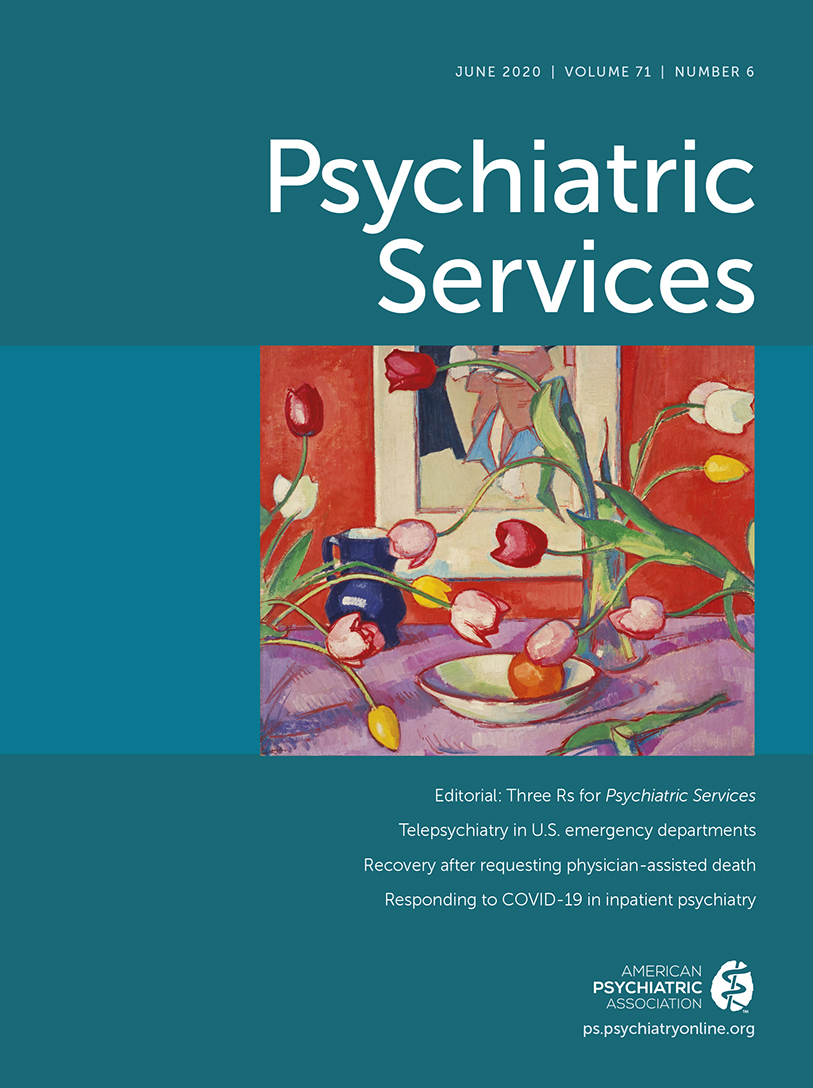Clinical Outcomes of Specialized Treatment Units for Patients With Serious Mental Illness in the New York City Jail System
Abstract
Objective:
New York City’s (NYC) Correctional Health Services has introduced specialized treatment units for patients with serious mental illness in the NYC jail system. With multidisciplinary mental health staffing and a coordinated approach with NYC’s Department of Correction, these units expand therapeutic options for patients vulnerable to clinical instability and physical harm, including those at high risk of psychiatric medication nonadherence and those returning to jail from psychiatric hospitalization. This study evaluated the extent to which these units improve clinical outcomes for this population.
Methods:
This retrospective, observational cohort study included adult males with serious mental illness with a length of jail stay of ≥14 days between January 1, 2016, and March 31, 2018. Patients on treatment units were matched with patients of similar characteristics (control group) by using propensity score matching (N=302 pairs). Rates of self-injury, injury due to violence, and psychiatric medication adherence were analyzed.
Results:
Most patients on treatment units had diagnoses of schizophrenia spectrum and other psychotic disorders (81%), and most had a violent felony as their most severe charge (68%). Compared with patients in a control group, those on the treatment units had lower rates per 100 person-days of injury due to violence at 30 and 60 days (0.04, 95% confidence interval [CI]=0.02–0.07, and 0.03, 95% CI=0.02–0.06, respectively) and higher mean medication adherence (77% versus 55%, p<0.001). They also experienced lower rates of self-injury, although the difference was not statistically significant.
Conclusions:
Initial outcomes indicate substantial benefits to patients, demonstrating the value of a rehabilitative approach to psychiatric care in jail.



